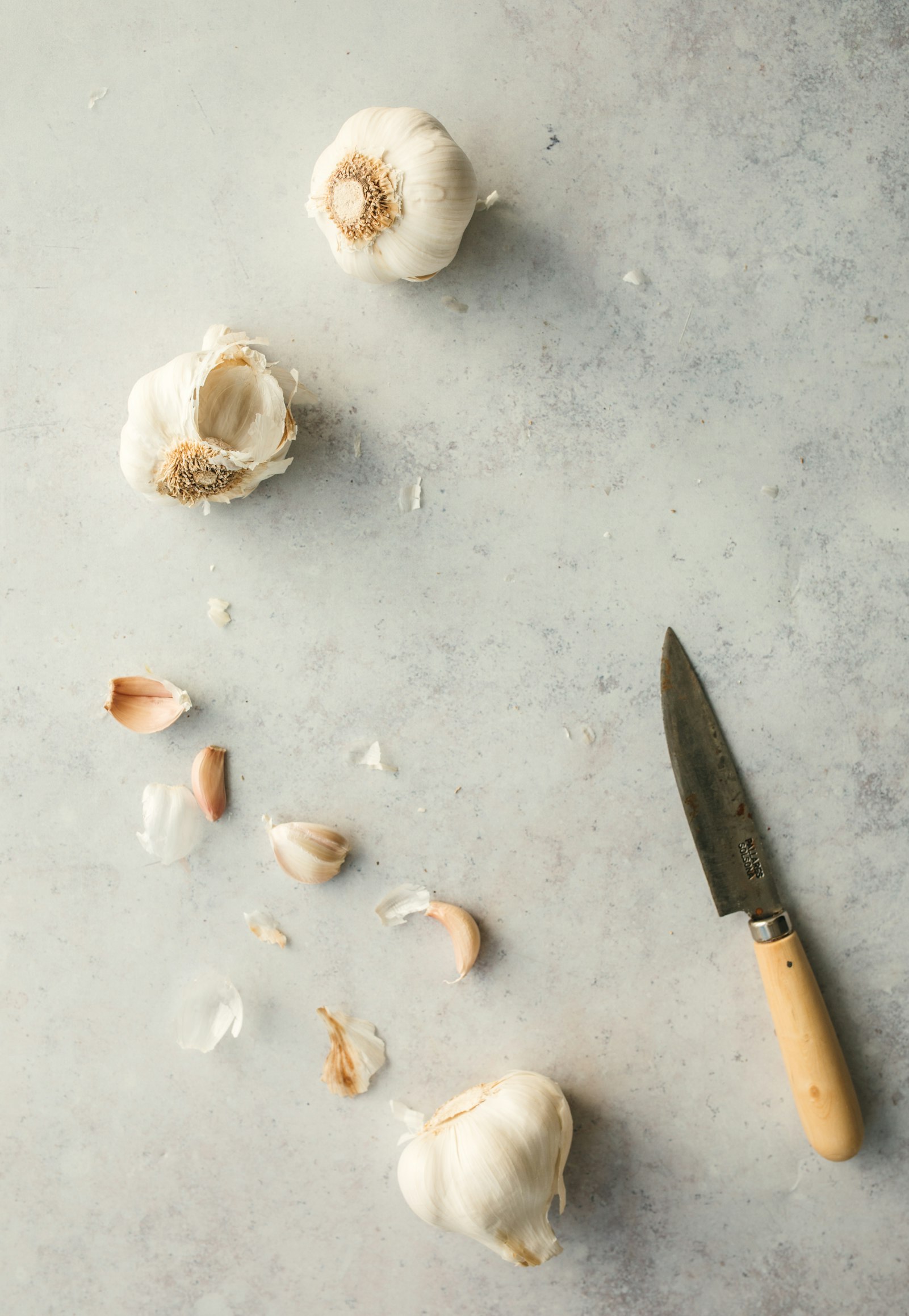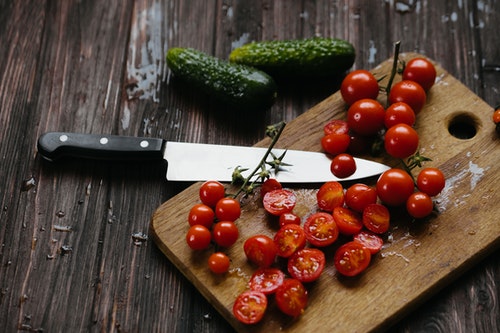When it comes to knives, the ceramic blade has become a popular choice for many kitchen hobbyists. Not only do they stay sharp longer than their steel counterparts, but they also resist rust and corrosion. Still, even a ceramic knife will eventually need sharpening. In this article, we’ll explore how to sharpen a ceramic knife blade effectively to ensure you get tremendous results every time.

Why Choose a Ceramic Knife?
Before diving into the sharpening process, it’s important to understand why one might choose a ceramic knife over a traditional steel knife. Ceramic knives are known for their exceptional sharpness and lightweight nature. They maintain their edge for a much longer period, making them ideal for cutting fruits, vegetables, and boneless meats.
The Appeal of Ceramic Knives
Ceramic knives offer numerous advantages:
- They’re incredibly sharp.
- They don’t transfer flavors or odors from one food to another.
- They’re rust-resistant and corrosion-proof.
- They are easy to clean and maintain.
However, sharpening a ceramic knife requires special attention and tools. Let’s get into the specific steps and tips for achieving a razor-sharp edge on your ceramic knife.

Tools You’ll Need
Sharpening a ceramic knife blade isn’t the same as sharpening a steel one. You’ll need particular tools to get the job done:
- Diamond sharpening stones or a diamond sharpening rod.
- A fine-grit ceramic honing rod for touch-ups.
- Safety gloves to protect your hands.
Why Diamond Stones?
Diamond sharpening stones are essential because ceramic is much harder than steel. A regular sharpening stone won’t suffice. The hardness of diamond stones allows them to effectively sharpen the tough ceramic material.

Step-by-Step Sharpening Guide
1. Preparation
Before you start, ensure you have a clean and organized workspace. Gather all the required tools and wear safety gloves to protect yourself from potential slips.
2. Inspect the Knife
Inspect the blade to determine the extent of the dullness or any visible chips. This will help you understand how much sharpening is needed.
3. Choose the Right Angle
It’s crucial to maintain the correct angle while sharpening. For ceramic knives, a 15-20 degree angle is usually recommended.
4. Start Sharpening with Diamond Stones
Begin with the coarse side of the diamond stone. Hold the knife at the chosen angle and make gentle, consistent strokes along the stone. Repeat this process on both sides of the blade until a new edge begins to form.

Safety Precautions
Sharpening ceramic knives can be risky because they’re brittle compared to steel knives. Always
Wear Protective Gear
Safety gloves are advisable to prevent cuts. Additionally, using a knife holder or guard can provide extra stability.
Avoid Excessive Force
Ceramic is hard but also fragile. Applying too much pressure might cause the knife to chip. Gentle, consistent strokes are key.
Maintenance Tips
Once you’ve sharpened your ceramic knife, maintaining it correctly will help prolong its sharpness.
Use a Honing Rod
A ceramic honing rod can be used for regular maintenance. Lightly honing the blade after every few uses will keep it in excellent condition.
Proper Storage
Store your ceramic knives in a knife block or with blade covers to protect the edges from damage.
Avoid Hard Surfaces
Do not use ceramic knives on bones, frozen foods, or hard surfaces like glass or granite. Stick to cutting fruits, vegetables, and boneless meats.
For more information on how to take care of all types of knives, check out this comprehensive guide on cleaning knives and cutting boards.
Common Mistakes to Avoid
Even with the best tools and techniques, mistakes can happen. Here are some common errors to watch out for:
Using the Wrong Tools
Avoid using regular sharpening stones or tools not designed specifically for ceramic knives. Diamond stones or rods are a must.
Neglecting Maintenance
After sharpening, some people forget to maintain their knives. Regular honing and proper storage are crucial for longevity.
Applying Too Much Pressure
We’ve mentioned this before, but it’s worth reiterating. Excessive force can lead to chipping or breaking the blade.
FAQs
Can I Sharpen a Ceramic Knife at Home?
Yes, with the right tools and techniques, you can sharpen a ceramic knife at home.
How Often Should I Sharpen My Ceramic Knife?
This depends on usage. For regular home use, once or twice a year should suffice.
What Should I Avoid Cutting with a Ceramic Knife?
Avoid hard items like bones, frozen foods, and hard cheeses, which can damage the blade.
Further Reading
If you’re interested in learning more about sharp knives, check out these great articles on our website:
By following these guidelines, and with the proper care, you can keep your ceramic knife performing at its best. Happy cooking!
As an Amazon Associate, I earn from qualifying purchases.

